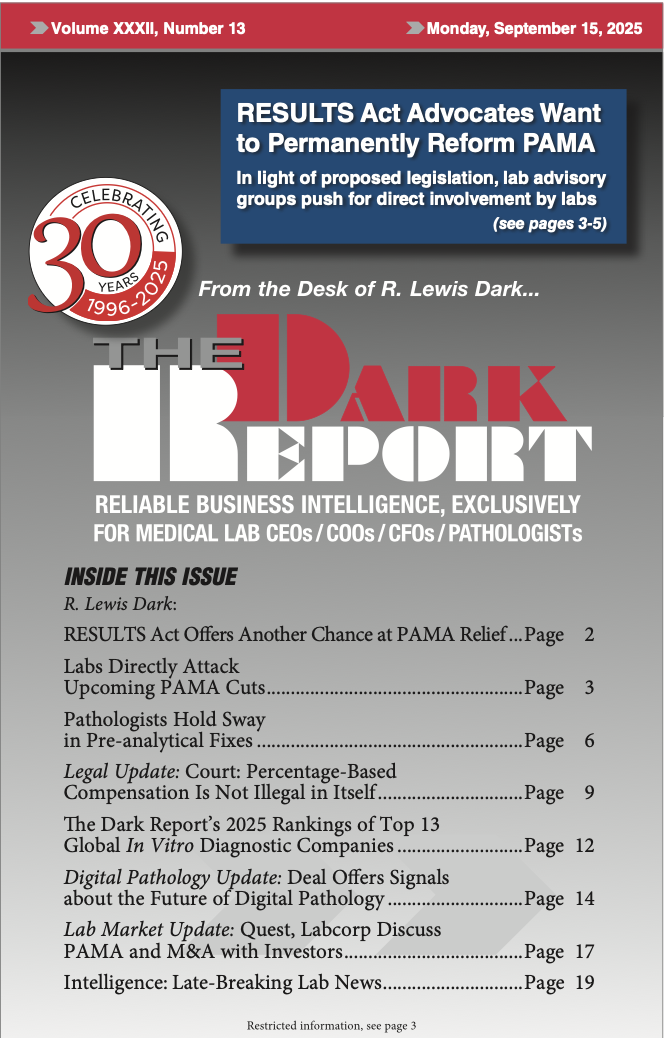TAG:
Histology
Histology
Histology is a branch of anatomy that deals with the study structure of animal and plant tissues that is only discernible with a microscope. It is also called microscopic anatomy, as opposed to gross anatomy, which involves structures that can be observed with the naked eye. The word “histology” is derived from two Greek words: histo, which means “tissue,” and logos, which means “study.”
Histopathology, the microscopic study of diseased tissue, is an important tool used in anatomical pathology, as accurate diagnosis of cancer and other diseases usually requires histopathological examination of samples.
Histological studies are often carried out by examining a thin slice (called a “section”) of tissue under a light microscope or an electron microscope on a prepared slide.
In order to distinguish different biological structures more easily and accurately, histological stains are often used to add colors to, or enhance the colors of, certain types of biological structures to allow them to be more easily differentiated from other types of structures. Staining is employed because biological tissue has little inherent contrast when observed using either light or electron microscopes.
Trained physicians, frequently licensed clinical pathologists, are the personnel who actually perform histopathological examinations and provide diagnostic information based on their observations of the tissues being tested.
The trained personnel who prepare histological specimens for examination may go by a number of titles, including:
- Histotechnician
- Histology technician (HT)
- Histology technologists (HTL)
- Medical scientists
- Medical laboratory technician
- Biomedical scientist
Their field of study is called histotechnology.
Histology has seen recent changes as technological advances in automation have influenced the field. Automation allows for the reduction of the workload of manual task needed to prepare and track histology specimens. Artificial intelligence also is playing a growing role in supporting the analysis of sections, supporting anatomic pathologists during their examinations of samples.
Shortage of Med Techs Stimulates Innovation
By Robert Michel | From the Volume IX No. 5 – April 1, 2002 Issue
CEO SUMMARY: In Western Tennessee, a seven-hospital rural health system is pulling out all stops to solve the staffing crisis in its laboratory division by implementing programs that address both retention and recruiting. “Bench bonuses,” college loan repayment programs, recruitment b…
Histology Lab Goes Mobile To Serve Customers On-Site
By Robert Michel | From the Volume IX No. 1 – January 7, 2002 Issue
CEO SUMMARY: During the 1990s, pathologists at Palm Beach Pathology recognized that more and more procedures were being done in ambulatory surgery centers and physicians’ offices. To maintain access to these patients, Palm Beach Pathology developed a strategic marketing plan with a uniq…
DIANON Systems, United Health, Aetna, Quest Diagnostics, Orchid, AmeriPath
By Robert Michel | From the Volume VIII No. 17 – December 17, 2001 Issue
DIANON SYSTEMS INKS NATIONAL AGREEMENT WITH UNITEDHEALTHCARE A NEW NATIONAL AGREEMENT between DIANON Systems, Inc. and UnitedHealthcare was announced last week. The agreement allows DIANON Systems to provide pathology and genetic testing services to all the…
Largest Hospital Lab JV Making Steady Progress
By Robert Michel | From the Volume VIII No. 16 – November 26, 2001 Issue
CEO SUMMARY: It’s a daunting task to rationalize and integrate lab testing services among 21 hospitals spread out between Eastern Wisconsin and the south side of Chicago. Since the joint venture was announced April 2000, management initiatives have generated lower costs. But the number …
Memorial Hermann Lab Launches Crash Rebuild
By Robert Michel | From the Volume VIII No. 9 – July 2, 2001 Issue
CEO SUMMARY: This 600-bed hospital and core laboratory are in a crash rebuilding program as a result of flooding from tropical storm Allison. One important management lesson learned is the value of consolidating and integrating laboratory services within a health system. Previous lab inte…
Questions Remain About Performance Of Liquid-Prep Paps
By Robert Michel | From the Volume VII No. 9 – June 19, 2000 Issue
CEO SUMMARY: During the past five years, several companies entered the lab marketplace with claims that their new Pap test technologies are improvements over conventional Pap smear methods. Armed with investment capital from Wall Street, these companies launched aggressive sales and marke…
New CEO Takes Charge At Pathology Partners
By Robert Michel | From the Volume VII No. 8 – May 30, 2000 Issue
CEO SUMMARY: Pathology Partners, Inc. got a new President and CEO this month. The company is organized to build and operate independent regional histology and cytology laboratories in support of anatomic pathologists. Its business model is different than competing pathology companies and …
PPM Giant MedPartners Exits Doctor Management
By Robert Michel | From the Volume V No. 16 – November 30, 1998 Issue
THIRD IN A SERIES WHAT DOES IT MEAN WHEN the largest companies in a multibillion dollar industry announce that they will “get out” of that business? That is the question which must be answered after MedPartners, Inc. joined PhyMatrix Corp. in p…
AutoCyte Moves One Step Closer To FDA Approval
By Robert Michel | From the Volume V No. 13 – September 28, 1998 Issue
CEO SUMMARY: Until now, AutoCyte has kept a relatively quiet presence in the automated cytology marketplace. That may soon change as the FDA takes action on the company’s PREP™ and SCREEN™ products. AutoCyte expects these products will boost productivity and quality in cytology labs…
American Path Resources Bought By Pathology PPM
By Robert Michel | From the Volume V No. 5 – April 13, 1998 Issue
CEO SUMMARY: Here is first confirmation that Pathology Consultants of America has indeed purchased American Pathology Resources. The combination of the two pathology-based physician practice management companies demonstrates that the pathology industry is on the verge of rapid transformat…
CURRENT ISSUE

Volume XXXII, No. 13 – September 15, 2025
The Dark Report examines a new bill that would reform PAMA and avoid reimbursement rate cuts scheduled for January 2026. Clinical laboratory leaders are urged to make their voices heard in Congress. Also, an expert describes how labs can fix pre-analytical errors and avoid disaster.
See the full table of contentsHow Much Laboratory Business Intelligence Have You Missed?
Lab leaders rely on THE DARK REPORT for actionable intelligence on important developments in the business of laboratory testing. Maximize the money you make-and the money you keep! Best of all, it is released every three weeks!
Sign up for TDR Insider
Join the Dark Intelligence Group FREE and get TDR Insider FREE!
Never miss a single update on the issues that matter to you and your business.
Topics
- Anatomic Pathology
- Clinical Chemistry
- Clinical Laboratory
- Clinical Laboratory Trends
- Digital Pathology
- Genetic Testing
- In Vitro Diagnostics
- IVD/Lab Informatics
- Lab Intelligence
- Lab Marketplace
- Lab Risk & Compliance
- Laboratory Automation
- Laboratory Billing
- Laboratory Compliance
- Laboratory Equipment
- Laboratory Information Systems
- Laboratory Management
- Lean Six Sigma
- Managed Care Contracts
- Molecular Diagnostics
- Pathology Trends
- People
- Uncategorized

